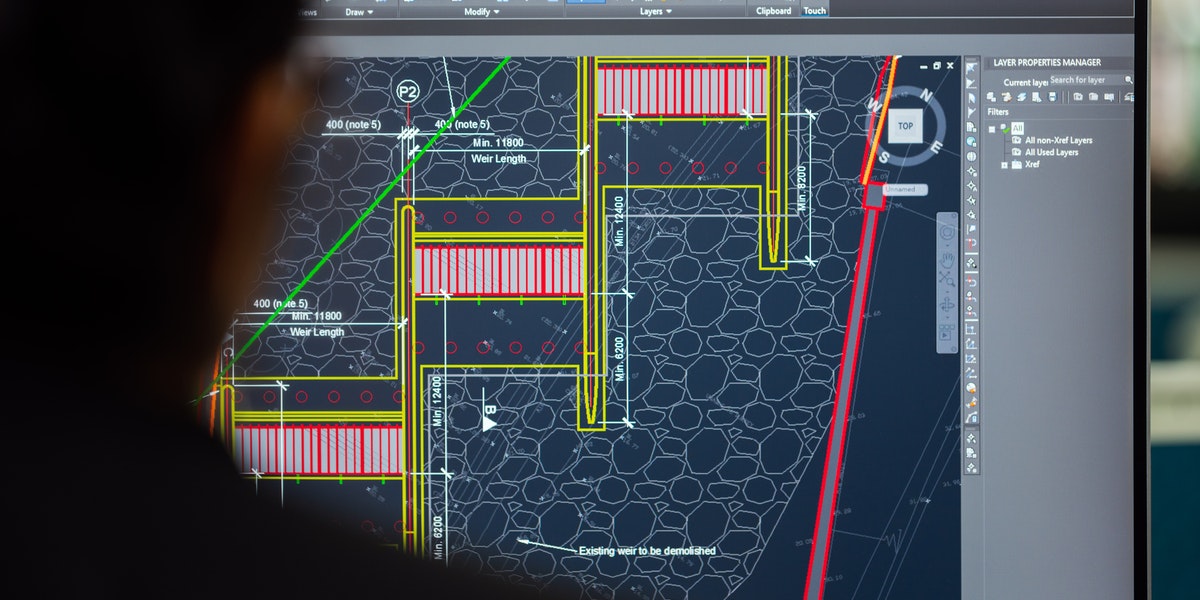
What Is Microservice Architecture: A Brief Overview
- By Paige Griffin
- 16-02-2022
- Technology
Developing and maintaining apps is easy when they are small in size. However, complexities arise as the size grows and after a while, maintaining the app becomes a nightmare.
IT companies have understood this now. Therefore, they have started thinking beyond the traditional monolith approach and adopting the microservice architecture. From eBay and Paypal to Twitter, Amazon, and Netflix - every tech giant is using Microservices to develop and maintain their applications.
What Is Microservice Architecture?
Microservice architecture is a software architectural style innopneowhich we structure an application as a collection of highly maintainable, loosely coupled, and independently deployable services.
Here are six characteristics that define the microservice approach:
1. Multiple Components: We break software into multiple component services in the microservice architecture. Each service is independent of others and we can develop, modify, and deploy it without compromising the integrity of the app.
2. Built for Business: In the microservice approach, we organize and build each microservice keeping in mind your business goals, capabilities, and priorities.
3. Simple Routing: Microservices communicate using the classic request-response model, i.e., they receive requests, process them, and generate a suitable response.
4. Decentralized: Contrary to the traditional monolithic approach where apps rely on centralized governance, the Microservice approach favors decentralized governance and data management.
5. Failure Resistant: Microservices are designed keeping in mind the chances of failure and to ensure they turn they work efficiently in all conditions.
6. Evolutionary: In Microservice architecture, we design apps in such a way that they can easily cater to the changing market needs, evolving technologies, and rising trends.
Why Should We Use the Microservice Architecture?
1. In Microservice architecture, developers can develop and deploy services independently without having to worry that they may affect the rest of the app.
2. You can use different languages, frameworks, and technology stacks for different microservices. This way, the technology stack is never a limiting factor to your creativity.
3. With open-source continuous integration tools like CircleCI, Gitlab, and Jenkins - you can easily integrate new features.
4. Whenever you want to make changes, you only need to modify the related service. No need to modify or redeploy the entire application.
5. Contrary to the monolithic architecture where the entire app stops working if one app fails, apps keep working even if one microservice fails in the microservice architecture.
6. Scaling and integrating third-party services is easy in the microservice architecture.
7. Since microservices are self-reliant, we can reuse some microservices like payment or login systems across multiple projects.
8. Understanding the functionality of service within the app is easy for developers.
9. Since each microservice is independent of the rest of the app, you can easily scale the most essential ones without having to scale the entire app. It also saves a lot of costs.
10. Because of smaller codebases and scope, you can easily and quickly deploy apps within the microservice architecture.
Some Challenges that You Might Face While Using the Microservice Architecture
1. Testing can be a challenging task in the microservice approach due to distributed deployment of the app.
2. The increasing number of microservices can often lead to the information barrier.
3. Microservice approach poses additional complexity as developers have to take care of several factors like network latency, fault tolerance, and load balancing across microservices.
4. Since the Microservice architecture is distributed, the approach can often result in duplicated efforts.
5. Ensuring communication between microservices is complex and requires additional effort as each microservice is independent of the rest.
6. Integrating and managing the software in the microservice architecture becomes challenging as the number of microservices increases.
7. More the number of microservices, more resources you need to manage them and thus higher will be the costs.
8. Since each microservice has its own set of logs, detecting and fixing issues can be a significant challenge.
When Should You Use the Microservice Architecture: Some Use Cases
Following are the scenarios when in which you should use the microservice architecture:
1. When you have a website hosted on a monolithic platform and it has grown significantly. In that case, it will be wise to migrate to a container-based and cloud-based microservices platform. This way, it will be easier to scale your website as per the technology advancements and increasing traffic.
2. When you want to create a media streaming platform like Netflix. A microservice architecture will allow you to store your image and video assets on servers and stream them directly on different devices. Also, you can scale up or scale down these servers at your convenience.
3. When you own an ecommerce platform that involves a lot of ordering and payment processing. Adopting the microservice approach in this case will ensure that the payments don't fail even if a certain microservice stops functioning.
4. Microservice approach can also be best if you want to build a platform that processes insane amounts of data. This way, you can easily extend cloud support to them.
Amazon, Twitter, eBay, PayPal, SoundCloud, and Netflix are some of the companies that are using the Microservice approach at present.
Is the Microservice Approach Right for You?
Not everything that's trending is necessarily good for you. Therefore, it's essential to make sure you need the microservice approach before you adopt it. Here are a few scenarios in which adopting microservices can be a good choice:
1. You have a monolithic app and you want to make it agile, scalable, and more efficient.
2. You have a legacy app and want to rewrite it in the latest technology stacks and programming languages to keep up with the competition and accommodate client requirements.
3. When you have certain modules that you want to use across multiple projects like login services, authentication services, search options, etc. The microservice approach can save you a lot of time with these reusable components.
4. When you are building a highly scalable application that requires you to deliver innovative features at a faster speed.
On the other hand, you must avoid the microservice approach in the following situations:
1. When there are no complex issues in your app. You would certainly not want to add more complexities with a microservices approach.
2. You should avoid microservices if you don't have enough team size to handle the tasks involved in the microservice architecture.
3. Avoid using microservices for the sake of it. You certainly don't need to break down your application into microservices if your app is simple.
So, that’s all you need to know about microservices. In case you want to learn more, there is a Monolithic vs Microservice architecture blog that you can refer to.
Recent blog

Harnessing Social Media: Tactics For Powerful Marketing Success Achievement
Social Media | 25-07-2024
7 Hidden Secrets of MSI Laptop Boot Menu Key
Technology | 24-07-2024




